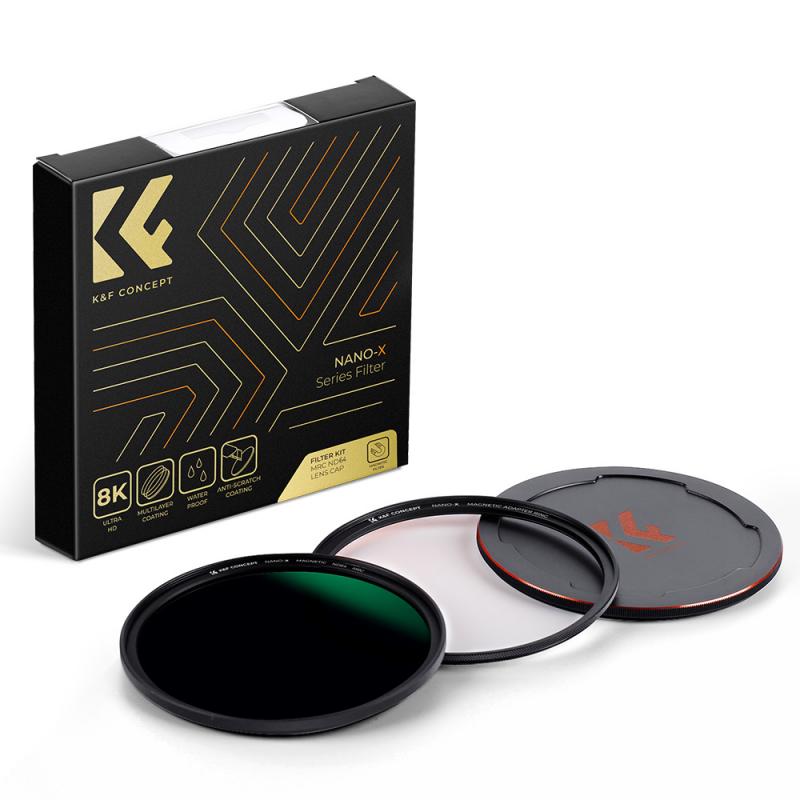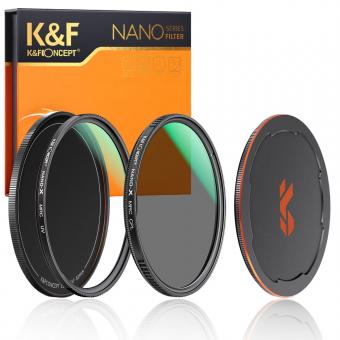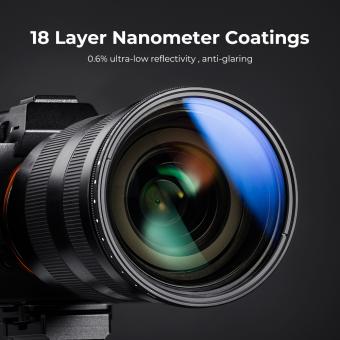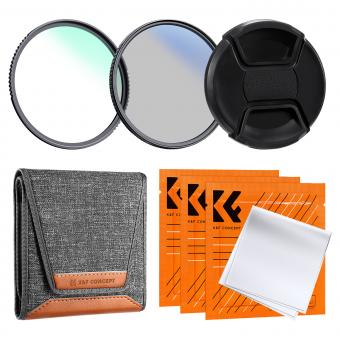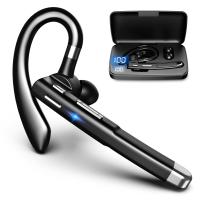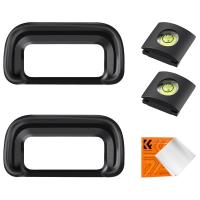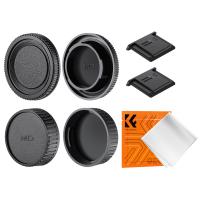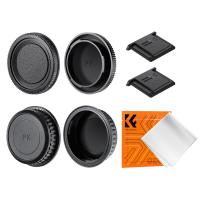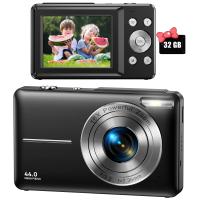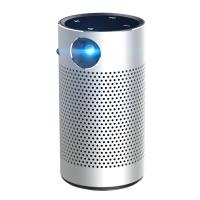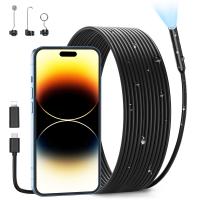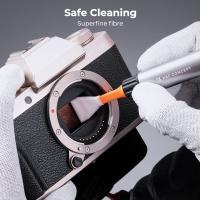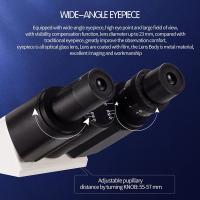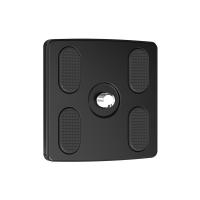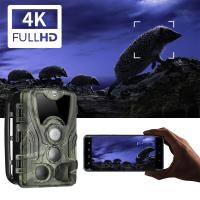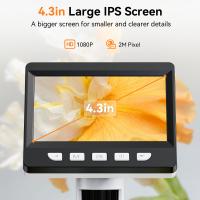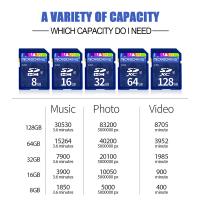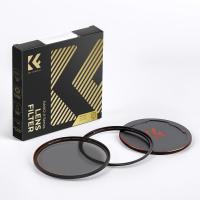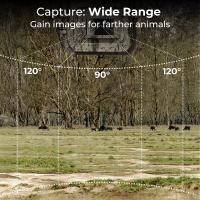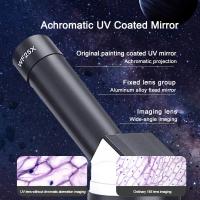How To Use Uv Filter Canon ?
To use a UV filter on a Canon camera, follow these steps:
1. Choose the correct filter size: Determine the diameter of your camera lens and purchase a UV filter that matches that size.
2. Remove the lens cap: Take off the lens cap from your camera lens.
3. Screw on the UV filter: Align the threads of the filter with the lens and gently screw it on in a clockwise direction until it is securely attached.
4. Adjust the filter orientation: If the UV filter has a front element that rotates, you can adjust it to achieve the desired effect or to avoid any unwanted reflections.
5. Start shooting: Once the UV filter is properly attached, you can start using your Canon camera as usual. The filter will help reduce ultraviolet light and protect your lens from dust, scratches, and other potential damage.
Remember to clean the filter regularly to maintain its effectiveness and ensure optimal image quality.
1、 Understanding the Purpose of a UV Filter in Photography
Understanding the Purpose of a UV Filter in Photography
A UV filter is a transparent filter that is placed on the front of a camera lens to block ultraviolet (UV) light from entering the lens and affecting the image. While UV light is not visible to the human eye, it can cause a hazy or bluish cast in photographs, especially in outdoor settings.
To use a UV filter on a Canon camera, follow these steps:
1. Choose the correct filter size: UV filters come in different sizes to fit different lenses. Check the diameter of your lens, usually marked on the front, and purchase a UV filter that matches that size.
2. Remove the lens cap: Take off the lens cap from your camera lens.
3. Screw on the UV filter: Align the threads of the filter with those on the lens and gently screw it on. Be careful not to overtighten, as it may become difficult to remove later.
4. Adjust camera settings: Once the UV filter is attached, you can continue shooting as usual. There is no need to make any specific adjustments to your camera settings.
The primary purpose of a UV filter is to protect the front element of your lens from scratches, dust, and moisture. It acts as a barrier, shielding the lens from potential damage. Additionally, UV filters can also improve image quality by reducing the effects of atmospheric haze and increasing contrast.
However, it is important to note that the use of UV filters in digital photography has become a topic of debate in recent years. Some argue that modern digital cameras already have built-in UV filters, making the use of an additional filter unnecessary. Others believe that UV filters can still provide some level of protection and may be beneficial in certain situations.
Ultimately, the decision to use a UV filter is a personal one. If you choose to use one, ensure that you invest in a high-quality filter to minimize any potential impact on image quality.
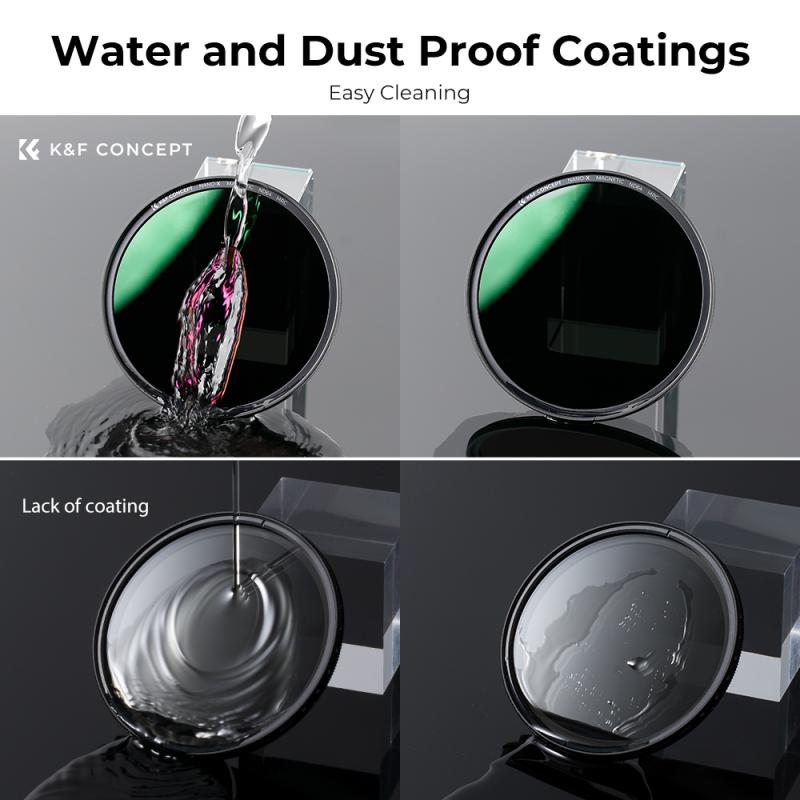
2、 Choosing the Right UV Filter for Your Canon Camera
To use a UV filter on your Canon camera, follow these steps:
1. Choose the right filter size: Determine the correct filter size for your lens. This information can usually be found on the front of the lens or in the lens manual.
2. Screw on the filter: Once you have the correct filter size, simply screw it onto the front of your lens. Make sure it is securely attached to prevent any light leakage.
3. Adjust camera settings: There is no need to make any specific adjustments to your camera settings when using a UV filter. It is primarily used to protect your lens from dust, scratches, and UV rays, rather than affecting the exposure or image quality.
4. Shoot as usual: With the UV filter attached, you can now shoot as you normally would. The filter will not have any significant impact on your images, except for reducing the amount of UV light that reaches the sensor.
It's worth noting that opinions on the necessity of UV filters have evolved over time. In the past, UV filters were commonly used to reduce haze and protect the lens. However, modern camera lenses are already equipped with advanced coatings that effectively reduce UV light and protect against scratches. Some photographers argue that using an additional UV filter can introduce unwanted reflections and reduce image quality. Therefore, it is important to consider the specific needs of your photography and make an informed decision on whether to use a UV filter or not.
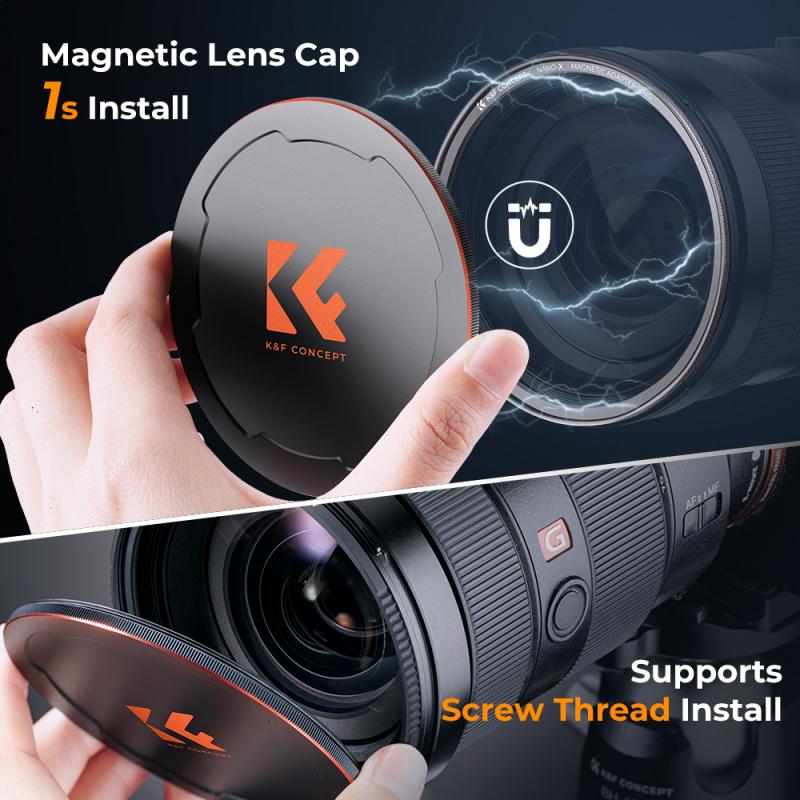
3、 Attaching and Detaching a UV Filter on a Canon Lens
Attaching and Detaching a UV Filter on a Canon Lens
Using a UV filter on your Canon lens is a great way to protect it from dust, scratches, and other potential damage. Additionally, it helps reduce the effects of ultraviolet light, resulting in clearer and sharper images. Here's a step-by-step guide on how to attach and detach a UV filter on a Canon lens:
1. Ensure that your lens is clean and free from any dust or debris. Use a lens blower or a soft brush to remove any particles.
2. Take the UV filter and hold it with the front element facing you. Look for the thread on the filter's rim.
3. Align the thread on the filter with the thread on the front of your Canon lens. Be careful not to force it; the threads should easily mesh together.
4. Gently rotate the filter clockwise until it is securely attached to the lens. Ensure that it is snug but not overly tight.
5. To detach the UV filter, hold the lens firmly and rotate the filter counterclockwise. Again, be cautious not to apply excessive force.
It's important to note that not all lenses have the same filter thread size. Canon lenses typically have different thread sizes, so make sure to check the diameter of your lens before purchasing a UV filter. Additionally, some lenses may have a built-in lens hood that needs to be removed before attaching the filter.
In recent years, there has been some debate about the necessity of using UV filters, as modern camera sensors are already equipped with UV filters. However, many photographers still prefer using them for the added protection they provide to the lens. Ultimately, the decision to use a UV filter is a personal one, and it depends on your shooting conditions and preferences.
Remember to regularly clean your UV filter to maintain its effectiveness. Use a microfiber cloth or lens cleaning solution to remove any smudges or fingerprints.

4、 Adjusting Camera Settings for Optimal UV Filter Usage
Adjusting Camera Settings for Optimal UV Filter Usage
Using a UV filter on your Canon camera can help reduce the effects of ultraviolet light and improve the overall quality of your photographs. To make the most of your UV filter, it is important to adjust your camera settings accordingly. Here's how to use a UV filter on your Canon camera effectively:
1. Attach the UV filter: Start by screwing the UV filter onto the front of your lens. Ensure it is securely attached to prevent any light leakage or damage to your lens.
2. White balance adjustment: UV filters can sometimes introduce a slight color cast to your images. To counteract this, adjust your camera's white balance settings. Use the custom white balance option or choose a preset that matches the lighting conditions you are shooting in.
3. Exposure compensation: UV filters can reduce the amount of light entering the lens, so it is important to compensate for this. Increase your camera's exposure compensation by around +0.3 to +0.7 stops to maintain proper exposure.
4. Autofocus considerations: Some UV filters can interfere with autofocus performance, especially in low-light situations. If you experience any issues, consider switching to manual focus or using a higher contrast subject to aid autofocus.
5. Cleaning and maintenance: Keep your UV filter clean and free from smudges or dust. Use a microfiber cloth or lens cleaning solution to gently wipe the filter surface. Regular maintenance will ensure optimal image quality.
It is worth noting that the necessity of using a UV filter has been debated in recent years. While they were once considered essential for film photography, modern digital cameras often have built-in UV filters in their sensors. However, UV filters can still provide some benefits, such as protecting the lens from scratches and dust. Ultimately, the decision to use a UV filter is a personal one, and it is important to consider the specific shooting conditions and desired results.
